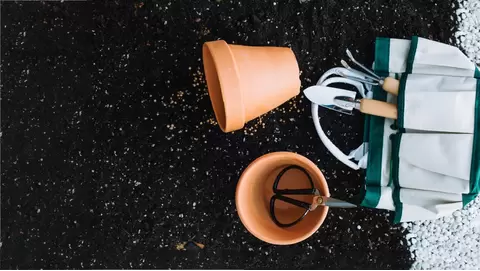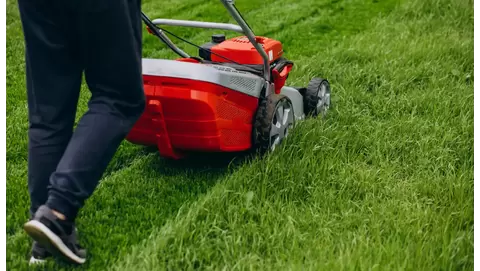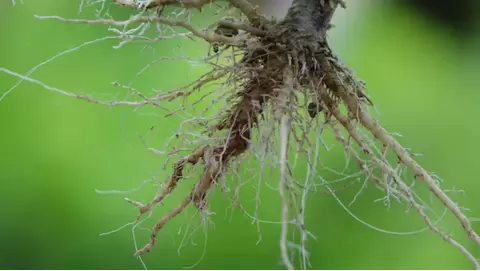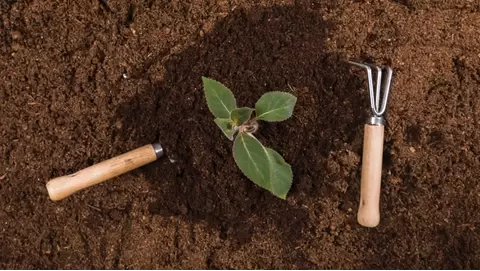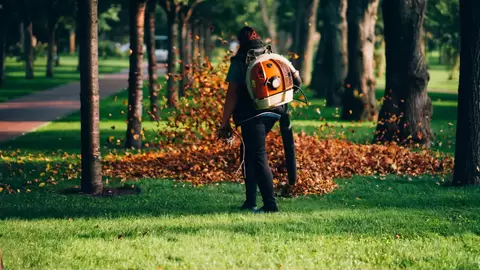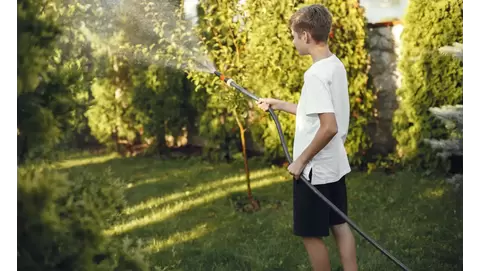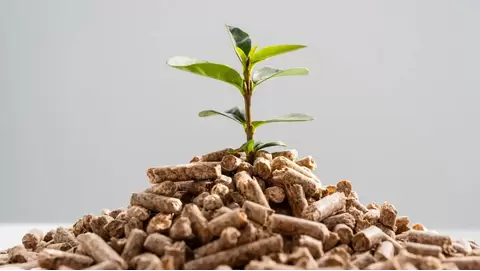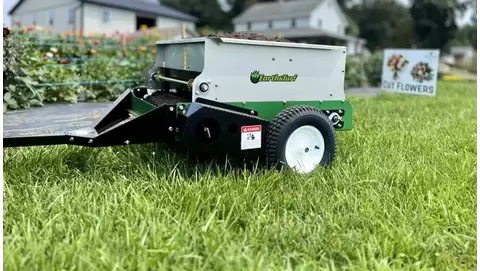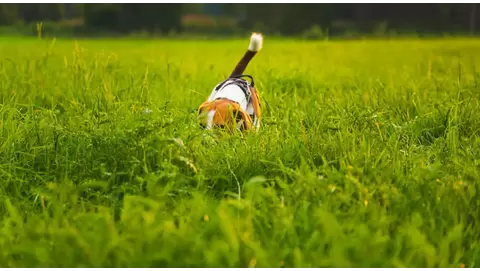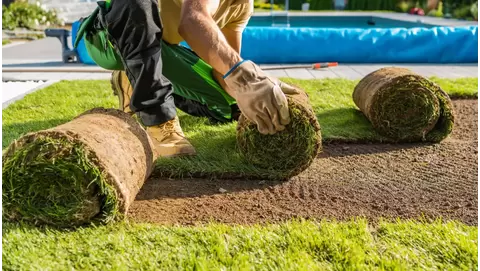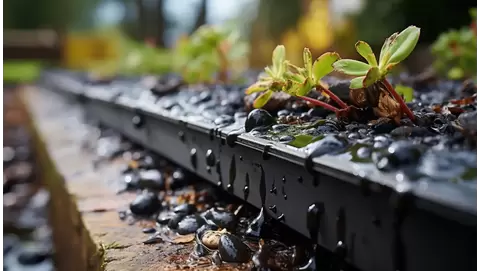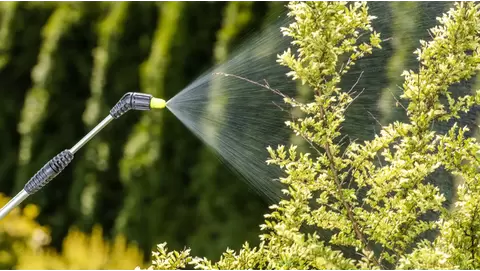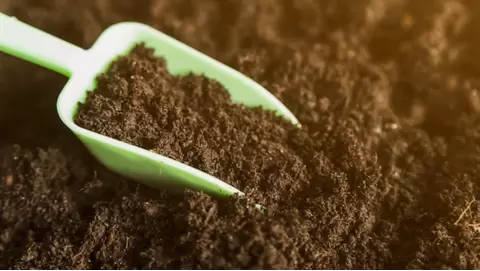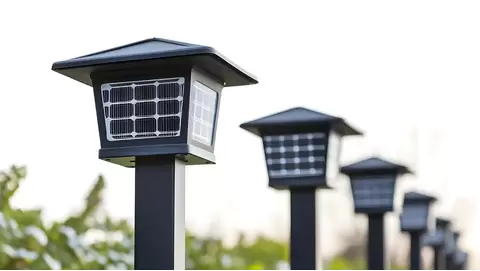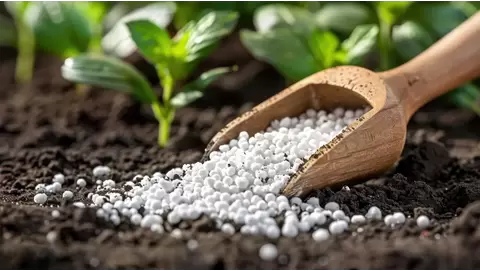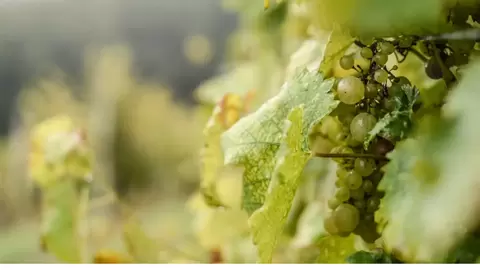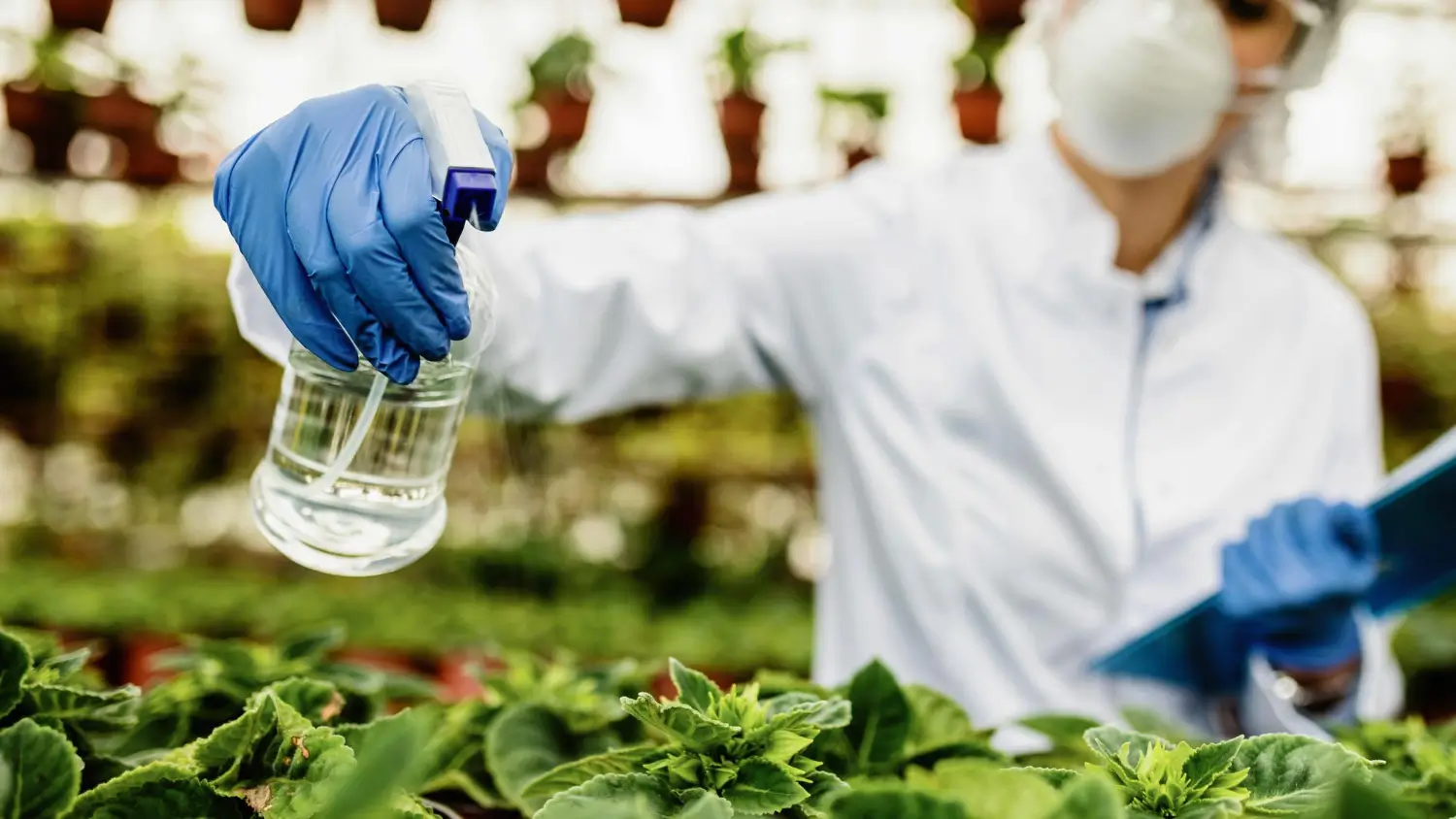
Triazicide: Powerful insect control for lawns and gardens
A healthy beautiful lawn and garden are essential to the appearance of a home and the health of plants. But pests such as weeds, insects and fungi can swiftly kill plants and ruin the aesthetics of the garden. Without appropriate pest control, infestations may inflate and so they become more difficult to control.
Triazicide is an insecticide that kills many different garden and lawn pests that many gardeners use to control their pests. Triazicide’s active ingredient tetrachlorvinphos works to affect the pests’ nervous system. Quick-drying, this fast action insecticide kills on contact and protects long after application, repelling and killing insects for weeks.
Growcycle provides the Spectracide 32oz Triazicide Insect Killer, a shake and spray insecticide used for protecting lawns and gardens from more than 260 listed insects.
Common Insect Pests Affecting Lawns and Gardens
Along with weeds, insects are one of the biggest threats to grass and gardens. These annoying bugs can damage grass, flowers, and plants, so it’s essential for gardeners to identify and manage them before they wreak havoc. Common Insect Pests:
- Aphids: These small bugs suck sap from plants, making leaves turn yellow and wilt. They can also transmit diseases among plants.
- Japanese beetles eat leaves, flowers and fruit, and can do great damage to plants, leaving them weak and more vulnerable to other pests.
- Grubs: The larvae of beetles, grubs dig in the ground and eat the roots of the grasses, which results in dead spots in the lawn.
- Spider Mites: Small creatures that suck the sap of plants and leave the leaves discolored and speckled. In extreme instances, they can kill plants.
- Caterpillars and Worms: These larvae eat plant leaves, which can lead to holes and unsightly damage. Some also prey on fruits and flowers.
Other pests that can compromise plant health include mealybugs, whiteflies, and the ants that farm them. Gardeners should catch these pests early and act quickly to avoid damage on a large scale.
Impact of Pests on Plant Health and Aesthetics
Insect pests can cause problems with the health of the plants, and also cause problems with the aesthetics of the garden or the lawn. The effect will differ based on the pest species and the magnitude of the infestation. Here are some of the ways in which pests affect plants:
- Weakened Plants: As insects devour plants, they rob them of vital nutrients, resulting in yellowing, curling or falling leaves. This can damage the plant and limit its growth.
- Reduced Growth: Persistent pest activity can inhibit plant growth, resulting in smaller and less vibrant plants. With lawns, pests such as grubs can destroy patches of grass, creating unsightly brown spots.
- Disease Transmission: Certain pests, including aphids and beetles, can transmit diseases from one plant to another. It can cause even worse damage and it can be more difficult to recover the plants involved.
- Aesthetic Damage: Insects such as the Japanese beetle and caterpillars leave holes in the leaves of plants and flowers where they feed, leaving the plant looking less than its best, in the garden’s eyes. In some cases, the plant can die altogether, resulting in a missing piece in a garden’s overall design.
Triazicide and its Ingredients
Triazicide is a broad-spectrum insecticide that works against many insect pests. While some insecticides are used to attack specific pests, Triazicide targets many kinds of insects in soil or above ground. This includes common lawn pests such as grubs, Japanese beetles and ants and garden pests such as aphids, caterpillars and whiteflies.
Triazicide is broad-spectrum, which means it can be used for various kinds of infestations and therefore is very useful for both gardeners and homeowners. It can be used on a wide range of plants, from ornamental flowers and shrubs to fruit trees and vegetable gardens. It kills pests immediately if they land on a treated plant, and protects plants for weeks, so no need to reapply so often.
The primary active ingredient in Triazicide is tetrachlorvinphos. It’s an organophosphate compound that interferes with insects’ nervous systems. Tetrachlorvinphos works by interfering with pests’ ability to transmit nerve impulses and the pest becomes paralyzed and dies when it comes in contact with the chemical. This will kill pests and other pathogens instantly upon contact.
How Triazicide Works
Triazicide works by disrupting the nervous system of insects. Tetrachlorvinphos, the active ingredient in Triazicide, is an organophosphate that disrupts the normal transmission of nerve signals in pests. When insects ingest Triazicide, the toxin inhibits the enzyme acetylcholinesterase, responsible for breaking down acetylcholine (a neurotransmitter) at nerve synapses. Insufficient breakdown of acetylcholine results in overstimulation of nerve signals, causing paralysis and eventual insect death.
This mode of action works fast and pests tend to die soon after exposure. Triazicide will kill a leaf-eating pest (like a caterpillar) or a root-feeding pest (like grub) when they come into direct contact or when they ingest it. This prompt action is to quickly provide garden freaks and house owners with immediate pest infestation relief to save plants from further spoilage.
Broad-Spectrum Insect Control
It is a broad-spectrum insecticide, meaning it will kill many different types of insect pests not just one or two specific ones. It has a broad-spectrum control, so it is good for many different pest problems in lawns and gardens.
It can strike insects from diverse categories like,
- Chewing insects: These insects consume plant tissue (e.g., leaves, flowers, roots). Some examples are Japanese beetles, caterpillars and grasshoppers.
- Sucking insects: These insects extract the sap of plants, sucking nutrients from plants. These would include the likes of aphids, mealybugs, and whitefly.
- Soil-dwelling pests: This category includes insects such as grubs, ants, and termites that live in the soil and feed on plant roots or decaying organic matter.
Safety Mechanisms for Non-Target Organisms
Triazicide is an insecticide that kills insect pests, has safety mechanism in place to protect and limit damage to non-target organisms, beneficial insects, pets and wildlife. Key safety features include the following:
- Targeted Action: Triazicide is primarily neurotoxic, and it works by disrupting the nervous systems of insects, where it is more lethal than in other systems. Many of these beneficial insects have distinct physiologic traits that confer a lower sensitivity to the active ingredient relative to harmful insects such as aphids or beetles This is a reason why such insecticides are lesser harmful for beneficials.
- Application Methods: Correct application of Triazicide’s spray or granules involves direct application to the affected area focusing on pest-infested areas of the garden or lawn. If applied appropriately, it decreases the risk of excess pesticides run-off into the surrounding areas thus decreasing the risk of exposure to non-target organisms.
- Reapplication Guidelines: While Triazicide lasts for a long time in the environment, it is not a permanent environmental presence. It loses efficacy over time, thereby minimizing the potential risk to beneficial insects and non-target insects following the application of the product.
- Timing and Placement: To limit the effects on pollinators such as bees, Triazicide should be used when bees are not foraging (i.e. in early morning, late evening, or at night). This helps protect these essential pollinators (and other beneficial insects) that help keep the garden ecosystem in check.
- Proper Usage: Use as per label instructions regarding how much and how concentrated to apply to reduce risk to non-target organisms. It is important to read and abide by safety guidelines as over-application or improper use can lead to unintended consequences.
Application Guidelines
For effective pest control, it is important to apply Triazicide at the right time. When to use it depends on pests type, season and plants’ growth stage.
- Pests that attack lawns and flowers are most active in Spring and Early Summer. Seasonal pests like grubs, aphids and Japanese beetles are prevalent during these times. The Triazicide is applied in early spring or early summer when these pests are most active.
- Late Summer to Fall: Some pests, including caterpillars and beetles, might remain active through late summer and into fall. A second application may be necessary during this time if pest issues are ongoing to maintain protection.
- Before or After Rain: If using Triazicide in areas of regular rain activity it may be beneficial to apply the product before the rain. This allows the insecticide to be absorbed into the plants or soil. However, if it rains soon after applying, it may wash away and will have to be reapplied.
- When Pests Are Visible: The best time to use Triazicide is when people see pests or damage for targeted pest control. Aphids, beetles, and caterpillars, for example, will appear during the growing season and will tell it’s time to take action.
Recommended Dosage
Triazicide is a broad-spectrum insecticide and can be used to treat many common lawn and garden pests. Be sure to follow the product’s labels for instructions on how to apply it correctly.
- For Lawn Care (Grubs and Beetles): It is typically applied as a preventative at a rate of 1.5 to 2 ounces per 1,000 square feet of lawn. It is most commonly applied once every growing season, though a second application may be required after 6 to 8 weeks to treat a serious infestation.
- For Vegetable Gardens and Fruit Trees: When applying Triazicide to serve as a pesticide for vegetables and fruits, a dose of 1 ounce to a gallon of water should be used for overall bug control. Use every 2-3 weeks but don’t apply too close to harvest (refer to label for specific pre-harvest intervals).
- For Flower and Ornamental Gardens: For ornamental plants, the rate is often 1 ounce per gallon of water, to the affected parts. For tough bugs, triazicide can be reapplied every 14 days during the growing season.
Application Techniques
Depending on the types of pests people are treating and the area they cover, Triazicide can be used in several ways. The following list describes the general application methods:
- Spraying: Spraying is the best application method for surface pests like aphids or caterpillars. Apply the insecticide to the top and bottom of leaves, stems, and flowers using a pump sprayer, hose-end sprayer or garden sprayer. Remember to treat the entire plant to kill pests.
- Soil Treatment: Triazicide can be applied directly to the soil to kill soil-found pests such as grubs. Apply with a lawn broadcast spreader or a soil applicator for garden beds. Once applied, sprinkle the area with water enough to reach down through the soil to the pests.
- Granular Form: If purchased a granular form of Triazicide, sprinkle the granules evenly over the area, and water thoroughly to activate the insecticide and get it where it needs to be to kill bugs living in the soil or on roots of plants.
- Around Trees and Shrubs: A foliar spray application can be effective for trees and shrubs. If pests are in the soil (if they are ants, for example, or termites), use Triazicide as a band around the base of the tree to kill ground pest.
Tips for Even Coverage and Optimal Results
If people want Triazicide to work well, it is essential to evenly apply the product according to best practices. Some tips for best results:
- Event Coverage: Always apply Triazicide evenly over the area of treatment, either with a sprayer or a spreader. Pest control will be inefficient if sprayed too much or accidently.
- Water After Application: If sprayed or applied granules, water the treated area to make sure the insecticide penetrates deep into the soil or the plant tissues. If using for a foliar application, lightly water to help the product adhere and absorb.
- Avoid Windy Days: Try to make the application on calm, windless days. Pesticides can drift off-target in windy conditions, wasting products and threatening beneficial insects.
- Use Proper Equipment: Use the appropriate sprayer or spreader for the particular type of application requirements. A hose-end sprayer works best for larger areas, while a hand-held pump sprayer may be needed for smaller areas.
- Follow Label Instructions: Always check the label for specific information on dosage, application rates, and safety precautions. This ensured optimal outcomes without compromising the environment or non-target organisms.
- Monitor for Re-infestation: Observe the plants and garden for signs of fresh pest re-infestation. Retreat with Triazicide as required by the product reapplication guidelines if pests return.
Benefits of Using Triazicide
For homeowners, gardeners, and landscape and garden professionals looking to manage pests in lawns, gardens, and ornamental plants, Triazicide has many benefits. Triazicide is proven effective in the following ways:
1. Effective Pest Control
Triazicide also offers rapid and long-lasting protective coverage against insects, both inside the home and in the soil. It’s effective against common garden and lawn pests such as aphids, Japanese beetles, caterpillars, grubs and ants.
2. Broad-Spectrum Insecticide
It can be used on a variety of insects around buildings, ensuring Triazicide is a broad-spectrum insecticide. Whether the interlopers are leaf-eating pests, like caterpillars and beetles, or sap suckers, such as aphids and whiteflies, Triazicide has covered it.
3. Long-Lasting Protection
Triazicide not only kills pests on contact, but it also provides residual control. Once applied, it protects the plants from additional infestations for several weeks to months, depending on the formulation.
4. Convenient and Easy to Apply
Triazicide comes in multiple forms like ready-to-spray liquids and granules, which can be deployed in any situation. It is easy to use, whether with a sprayer for plant pest control, or with granules on the lawn.
5. Prevents Damage to Plants
Insects such as aphids, beetles, and grubs can also damage plants considerably by munching on leaves, roots, and stems. This causes stunted growth, leaf discolouration and in severe cases, death, to plants. Triazicide also helps to control these pests, protecting plants from the damage caused by them so that they can remain healthy and grow strong.
6. Protects Lawns and Gardens from Soil-Dwelling Pests
Triazicide works for surface pests and targets soil-dwelling pests, such as grubs and ants. These insects can eat the roots of grass and other plants leading to brown patches or stunted growth.
7. Helps Maintain Aesthetic Appeal
For the garden to always be beautiful the garden should always be pest free. Triazicide protects plants from insects that ruin their appearance with holes in leaves or eaten flowers.
8. Safe for Proper Use
When applied as directed, Triazicide is designed to be safe for both plants and grass while still easily killing pests. The product is designed to only fight against pests that would harm most plants, to be used the right way.
FAQs
How does Triazicide work?
Triazicide acts mainly upon the nervous systems of pests. Tetrachlorvinphos’s active ingredient interrupts nerve signal transmission, leading to paralysis and death in insects.
When is the best time to apply Triazicide?
The ideal time is in the spring or early summer, when pesky insects such as aphids, grubs and Japanese beetles are most active.
Can I use Triazicide on my vegetable garden?
Yes, Triazicide is applicable over vegetable gardens but the product should be applied at the recommended dosage and the time in between application and harvest should follow the recommended pre-harvest intervals stated on the label.
The Bottom Line
Triazicide is a potent and effective solution for controlling the pests in the gardens and lawns, which is critical to keeping the plants in shape and looking nice. In fact, it acts on pests above and below the ground, and its residual action protects for weeks. It protects against damage, and it helps prevent the spread of diseases between plants.
The gardener by using it as directed can safely protect plant tissue without harming the environment. Visit Growcycle to find Triazicide products to ensure their plants remain healthy, strong, and beautiful all season long.
Disclaimer: This material is for informational purposes only and should not be relied on for legal, medical, financial, or any other form of professional advice.


